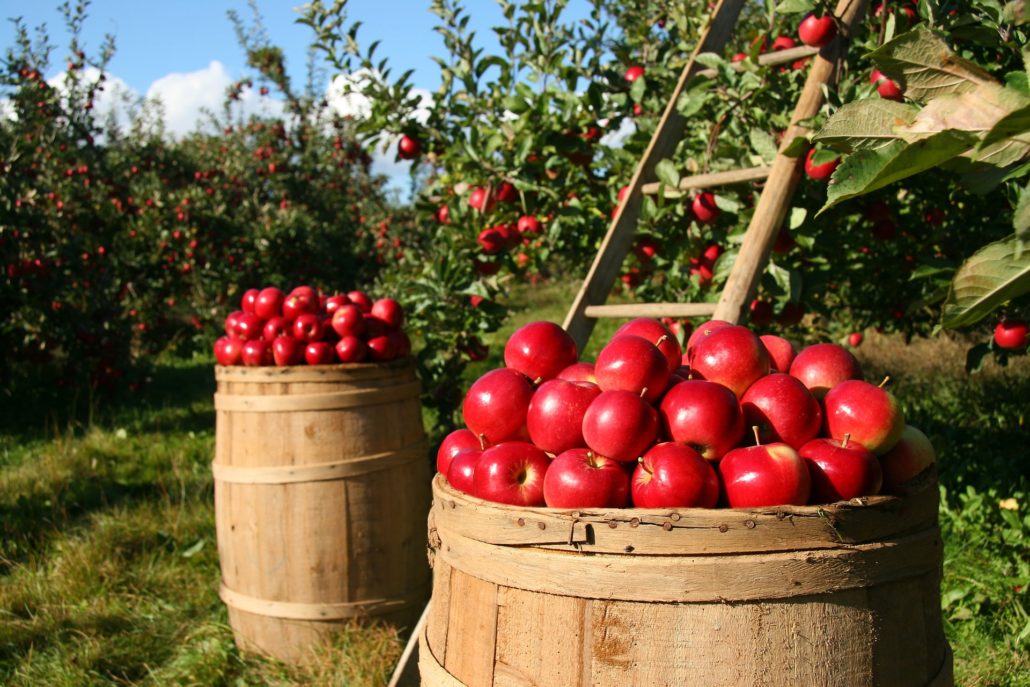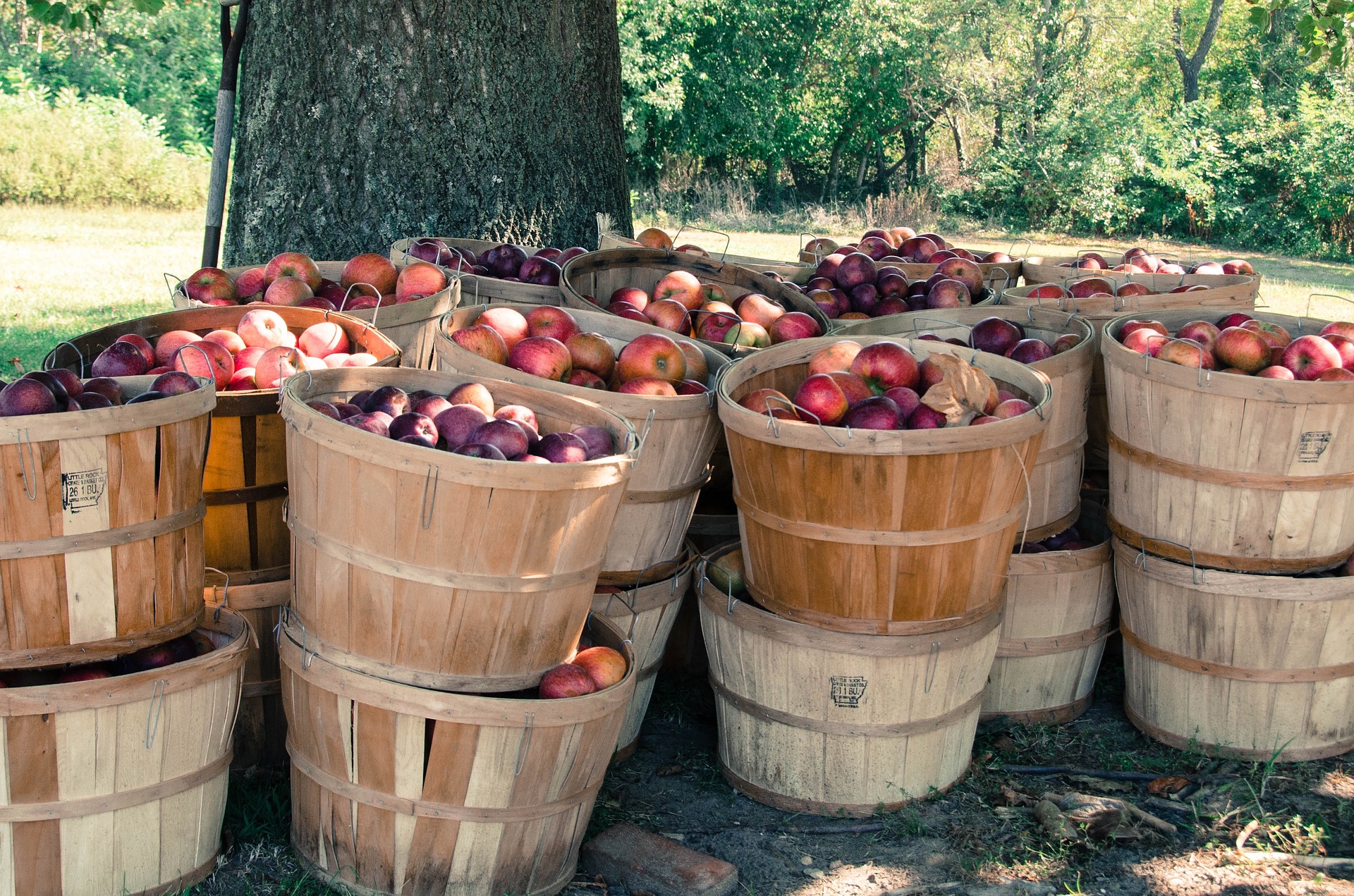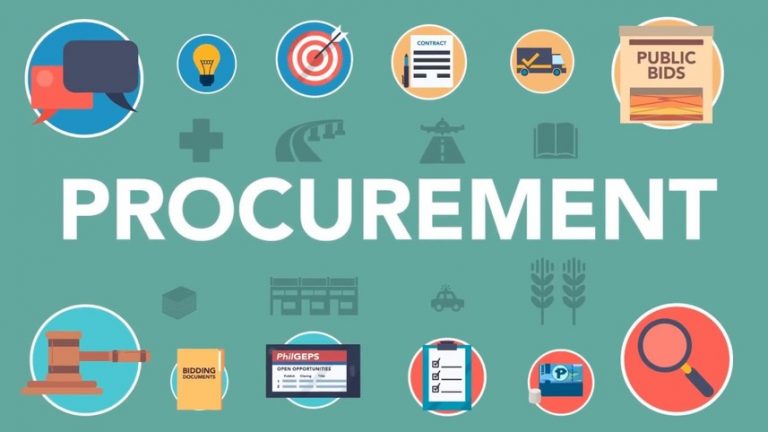One of the most satisfying jobs in food production is to start an orchard and grow fruit on your farm. But if you have planted a lot of trees and don’t get any fruit or a reduced yield, it can also be frustrating. In this blog, you will discover the appropriate actions to ensure a good harvest when you put in an orchard and how to add fruits to your existing farm for better produce!
It’s incredible to have an orchard and fruit on your own property. When you have homegrown, vine-ripened food, especially when it comes to your fruit, there is a huge difference not only in size but also in taste. The good news is, it is very feasible to start an orchard, even if you don’t have a lot of acreages.
Learn how to establish an orchard in your environment with the right fruit trees and berry plants. Choosing the right variety and method of pollination can make a difference for years to come. Here are some tips you need to know if you’re interested in starting your own orchard.

1. Know What You Want To Plant
Although growing your own fruit at home is an absolute must, one downside is that it often takes a couple of years before any of your fruit trees or plants actually produce a harvest.
So, if you’re only temporarily renting or living somewhere or hoping to get a significant yield right away, you might want to avoid planting certain kinds of fruit trees and plants. Usually, until they are about seven years old, you won’t get much of a harvest from many fruit plants. This includes cherries, strawberries, prunes, pears, and peaches.
2. Invest, Invest, Invest
Remember to include five years of living expenses in your start-up plans if you start from scratch. Expect to pay $10 to $20 for each tree and plant between 100 and 400 trees per acre depending on the tree’s size. You’re going to have to spend around five dollars a year on pesticides, pruning, and fertilizer per tree as well.
Of course, you’ll need to purchase the land first. A small orchard that caters to the crowd of the farm stand will need to be at least five to 10 acres, but if you hope to make a decent profit, you will want to find 50 to 100 acres for planting purposes.
3. Decide If You’ll Sell
If you plan on selling your fruit, target your market! A food supplier will be willing to buy the whole harvest at one price for a large supermarket chain, which ensures the sale.
However, for the opportunity to explore rural life for an afternoon, individual customers who pay to pick their own fruit from the trees will pay more per pound. In addition, a farm stand will generate revenue from your local neighbors throughout the growing season.
Over time, the retail price of fruits varies in different markets. Typical apple prices fluctuate in the ballpark of 10 cents per pound when directly selling to a manufacturer and up to two dollars per pound when you are carrying out a direct sale to a single-market consumer.

Conclusion
When first starting out, ask for some guidance from local farmers and fruit planters. Initially, decide what you want to plant and see if your climate can accommodate this product. If so, you can start taking steps to create your orchard. However, before getting too far, you will want to make your business plan.
Also read – Tips for Getting Back to Business After the Pandemic












